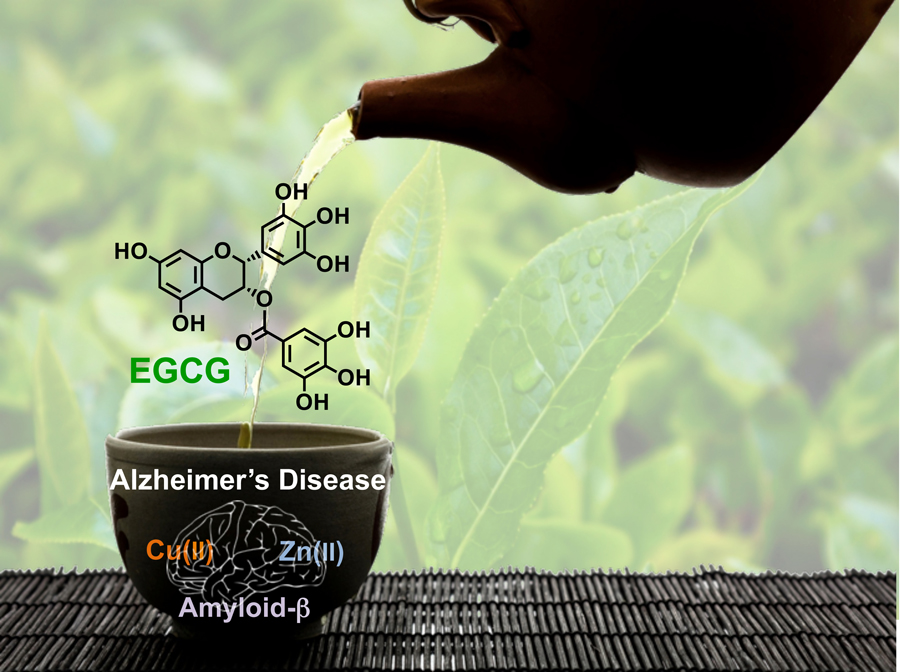Green tea extract blocks formation of amyloid plaques in Alzheimer’s disease
March 8, 2013

(Credit: University of Michigan)
Researchers at the University of Michigan have found a new potential benefit of a molecule in green tea: preventing the misfolding of specific proteins in the brain.
U-M Life Sciences Institute faculty member Mi Hee Lim and an interdisciplinary team of researchers used green tea extract to control the generation of metal-associated amyloid-β aggregates associated with Alzheimer’s disease in the lab.
The specific molecule in green tea, (-)-epigallocatechin-3-gallate, also known as EGCG, prevented aggregate formation and broke down existing aggregate structures in the proteins that contained metals — specifically copper, iron and zinc.
While many researchers are investigating small molecules and metal-associated amyloids, most are looking from a limited perspective, said Lim, assistant professor of chemistry and research assistant professor at the Life Sciences Institute.
“But we believe you have to have a lot of approaches working together, because the brain is very complex,” she said. Her team’s next step is to “tweak” the molecule and then test its ability to interfere with plaque formation in fruit flies.
The work was supported by the National Institutes of Health, Alzheimer’s Association, Alzheimer’s Art Quilt Initiative, American Heart Association, and a Graduate Research Fellowship from the National Science Foundation
No comments:
Post a Comment